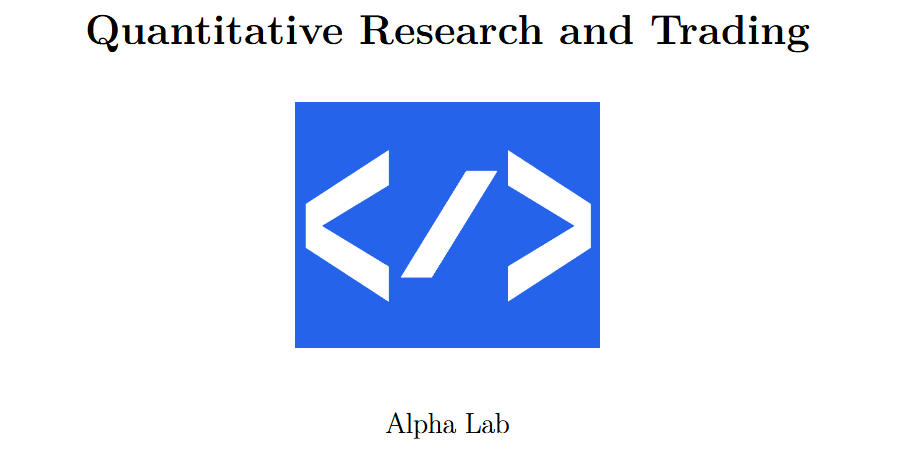Strategy: Spoofing
A strategy worthy $2.5 million civil monetary penalty for only 51 trading days
Table of content:
Introduction.
What is this strategy about?
The speed of sneakiness, timing and probability.
Guideline of the process step-by-step.
Case study: Igor Oystacher
Introduction
Imagine you’re at a giant candy store where every kid is trading different candies—lollipops, gummy bears, chocolate bars, and more. In our candy market, some kids announce, “I’ll buy 100 lollipops for $1 each!” while others exclaim, “I’ll sell 50 lollipops for $2 each!” This bustling environment is similar to the real-life futures market, where traders buy and sell contracts based on commodities such as copper, crude oil, natural gas, and even financial indices.
Now, picture a mischievous kid named Igor. Igor shouts, “I’ll buy 1,000 lollipops for $1.50!” causing everyone to believe that prices will soon shoot up because of high demand. But—surprise!—Igor quickly cancels his order and instead sells his lollipops, leaving everyone in a sticky mess. This sneaky trick has puzzled markets for years and given rise to the phrase:
There is only one way: transcend the rules by rewriting the game itself, rather than playing within its confines.
In the futures market, this strategy isn’t about trading actual candy; it’s about creating an illusion—a deceptive tactic where a trader places orders with no intention of following through. The goal? To manipulate perceptions of supply and demand, leading others astray.
What is this strategy about?
It’s a bit like pretending to lift the heaviest candy jar to impress your friends—only to drop it before anyone can challenge you. In the trading world, a trader might place an order to make others think there’s significant buying or selling interest, then cancel it almost instantly. They use this moment of confusion to capitalize on the opposite side of the market, leaving their rivals bewildered.
What is this mysterious strategy really about? It’s like hiding something unexpected in plain sight—something that disrupts the natural flow of things, leaving participants questioning what’s real and what’s not.
Equation 1: The sneaky profit:
When a trader like Igor executes his plan, his profit might be modeled by a simple equation:
Here’s the idea: by tricking the market into thinking prices are rising or falling, Igor can buy at a lower price and sell at a higher one—or vice versa. It’s like buying candy at a discount because everyone got fooled by his loud shout!
Equation 2: The order book matrix:
The order book is a dynamic ledger that shows all the buy and sell orders in the market. We can represent a simple order book as a matrix:
When Igor enters a fake sell order (say, adding 100 contracts at $1.50), the matrix updates to:
This sudden jump in the sell orders at $1.50 creates a false impression that there is a huge selling pressure. In our candy store, it’s as if Igor suddenly lined up 100 extra lollipops at the checkout, making everyone believe that the lollipop supply has exploded!
By the way, there's an order engine in the appendix that will help make everything much clearer, along with a detailed 'manual' featuring a very special case."
This reminds me of a joke an elementary school teacher played on me: Why did the math book go to therapy? It had too many problems! ahahah fucking genius 🤣
With our equations in hand, it’s time to see how this trickery works in detail! Look at this:
Before Spoofing:
Price Buy Sell
0 1.0 10 5
1 1.5 20 15
After Spoofing:
Price Buy Sell
0 1.0 10 5
1 1.5 20 115 <-- Woah! Look at that extra mass of sell orders!What just happended!? This is called spoofing!!!




